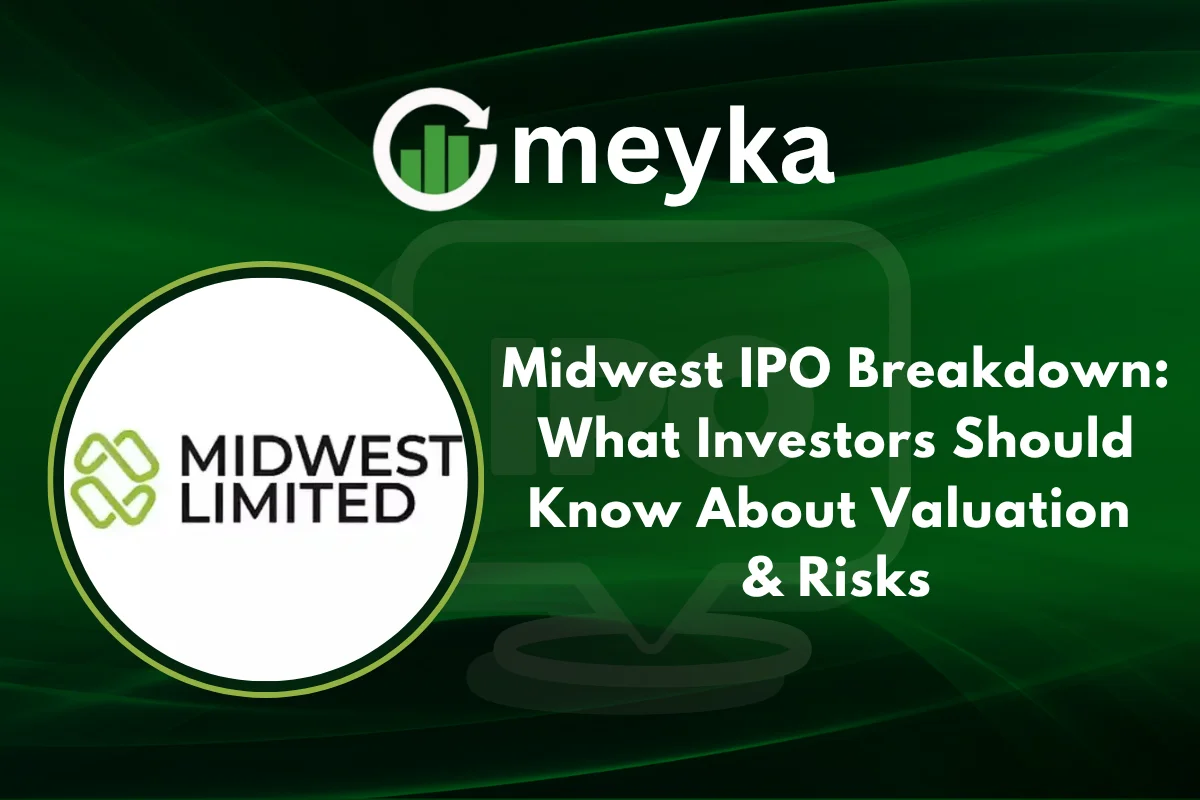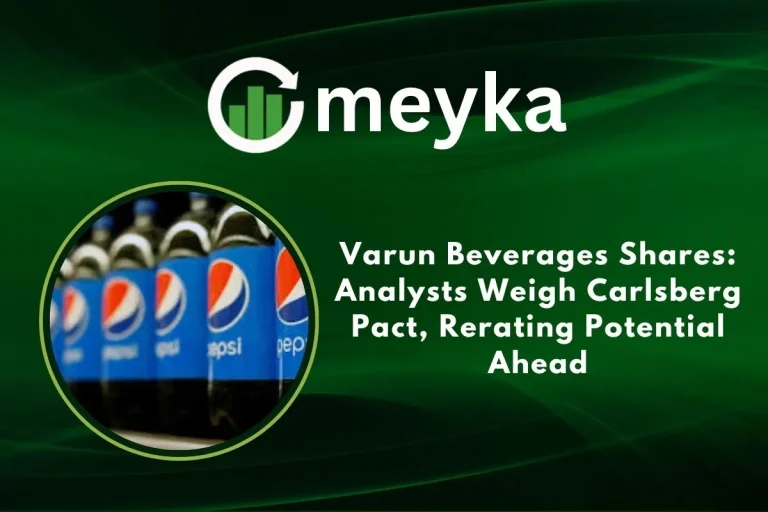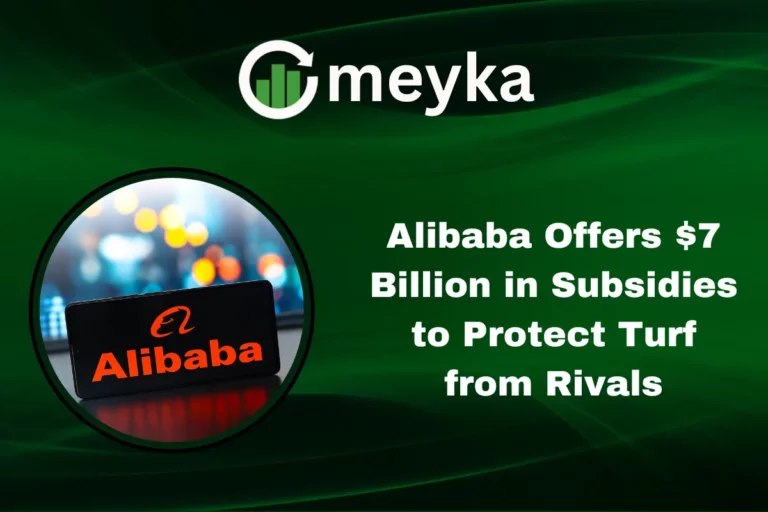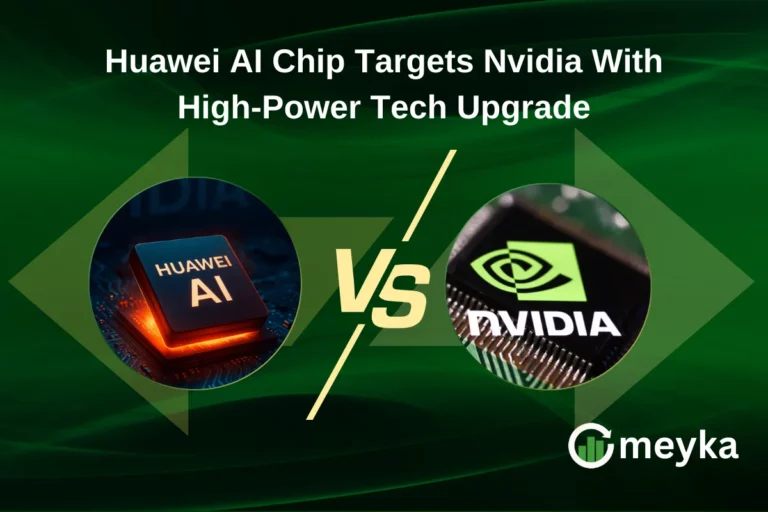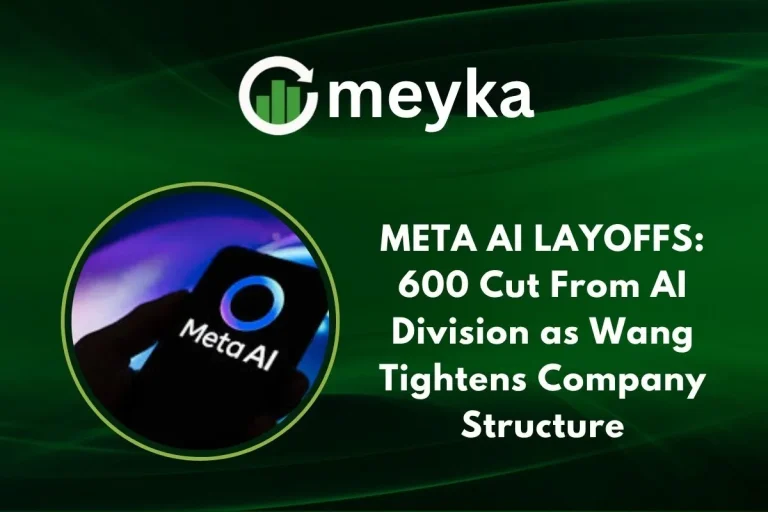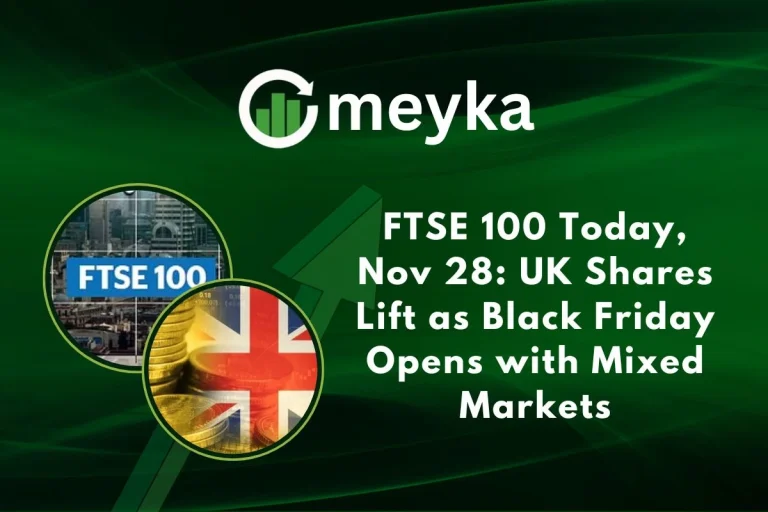Midwest IPO Breakdown: What Investors Should Know About Valuation & Risks
The much-talked-about Midwest IPO has become a hot topic among market watchers, analysts, and retail investors alike. As excitement builds, it’s crucial to look beyond the hype. Understanding valuation, business fundamentals, and risk exposure will help investors make smarter decisions.
Understanding Midwest: The Core Business and IPO Highlights
Midwest Limited, a leading granite and quartz manufacturer, operates across Telangana and Andhra Pradesh, with exports to major global markets. The company has established itself as a dominant force in Black Galaxy and Absolute Black granite, materials that have strong global demand.
The company aims to raise ₹451 crore through its IPO, which includes a fresh issue of ₹250 crore and an offer for sale (OFS) of ₹201 crore.
The IPO’s price band ranges from ₹1,014 to ₹1,065 per share, with applications open from October 15 to October 17, 2025. The stock is expected to list on the NSE and BSE by October 24, 2025.
Investors can apply for a minimum lot size of 14 shares, costing about ₹14,910 at the upper end of the price band. Strong demand has been evident from the start; the IPO received significant anchor investment commitments worth ₹135 crore before opening for the public.
Valuation Analysis: How Expensive Is Midwest?
Valuation is where most investors pause. At the upper band, the Midwest’s price-to-earnings (P/E) ratio hovers around 27x–30x, which is relatively high compared to other mining or materials players.
The company recorded FY25 revenue of ₹626 crore and net profit of ₹133 crore, translating into healthy margins. However, whether such performance can continue depends on market demand, mining efficiency, and diversification success.
From a valuation standpoint, the return on equity (ROE) and EBITDA margins are encouraging. Midwest maintains a high-quality balance sheet, but it also operates in a capital-intensive business that faces cyclical swings. The price-to-book ratio, meanwhile, reflects optimism that could turn risky if earnings growth slows
What Makes the Midwest Attractive to Investors
Despite the risks, the Midwest offers several positives.
The company’s global export reach gives it stability that most domestic-only mining companies lack. This helps cushion the impact of regional slowdowns. It’s also expanding into quartz and engineered stone, tapping into new markets like solar, electric vehicles, and high-tech manufacturing.
Diversification is an intelligent move. Demand for quartz surfaces and sustainable building materials is increasing globally, giving the Midwest a longer growth runway.
The management’s track record in scaling mining operations and exporting premium-grade granite adds further credibility.
The Hidden Risks Investors Should Not Ignore
Every IPO comes with its own set of challenges, and the Midwest is no different. Investors must weigh these risks before deciding to subscribe.
Regulatory and Environmental Uncertainty
Mining operations are tightly controlled by environmental and geological regulations. Any delay or lapse in approvals can cause serious production halts or fines.
Dependence on Global Demand
The Midwest relies heavily on exports. Any slowdown in overseas construction or real-estate markets can directly hit revenues. Changes in international trade policy, tariffs, or currency movements could also hurt margins.
Commodity-Driven Volatility
Granite and quartz prices are affected by global commodity trends and transportation costs. Rising fuel and labor expenses can squeeze margins quickly, especially in a downturn.
High Valuation Premium
With a P/E multiple higher than many peers, the stock could face a post-listing correction if sentiment turns negative or if results fall short of expectations. This is a common trend in today’s IPO-driven stock market, especially when high-growth or AI stocks dominate investor interest.
How to Approach the Midwest IPO
Do Thorough Stock Research
Before investing, study the company’s red herring prospectus available on SEBI’s official website. Review revenue sources, debt levels, promoter holdings, and pending legal or regulatory cases.
Be Realistic with Your Exposure
IPOs, by nature, carry higher risks. Avoid over-allocating capital. Treat the Midwest as a medium-term investment rather than a short-term trade.
Keep an Eye on Market Sentiment
Stock performance post-listing will depend not only on fundamentals but also on investor mood. If AI stocks and tech names continue to lead, funds might rotate out of traditional sectors like mining. Watch global trends, interest-rate signals, and inflation data; they matter more than you think.
Monitor Grey Market Premium (GMP)
As of the latest data, the Midwest’s grey market premium is showing positive momentum, reflecting healthy subscription levels. However, GMP is speculative; it often fluctuates sharply closer to listing.
The Final Take: Opportunity or Overhype?
The Midwest IPO presents a mix of promise and caution. The company’s export-driven business model, strategic diversification, and profitability make it appealing. However, its premium pricing and exposure to external factors add layers of risk.
For long-term investors who can stomach volatility, the Midwest could be a valuable addition, especially if management delivers on its growth ambitions. But for short-term traders hoping for instant listing gains, the inflated valuation might pose challenges.
In the end, discipline and proper stock research are the keys. Don’t invest because of buzz, invest because you understand the numbers
FAQs
The issue opens on October 15, 2025, and closes on October 17, 2025. Listing is expected by October 24, 2025.
In FY25, Midwest reported ₹133 crore in net profit on revenue of about ₹626 crore, with solid margins supported by exports.
Yes, but cautiously. Apply only if you have a medium-term outlook and understand the risks of valuation correction post-listing. It’s suitable for diversified portfolios, not as a core holding.
Disclaimer:
This content is made for learning only. It is not meant to give financial advice. Always check the facts yourself. Financial decisions need detailed research.
